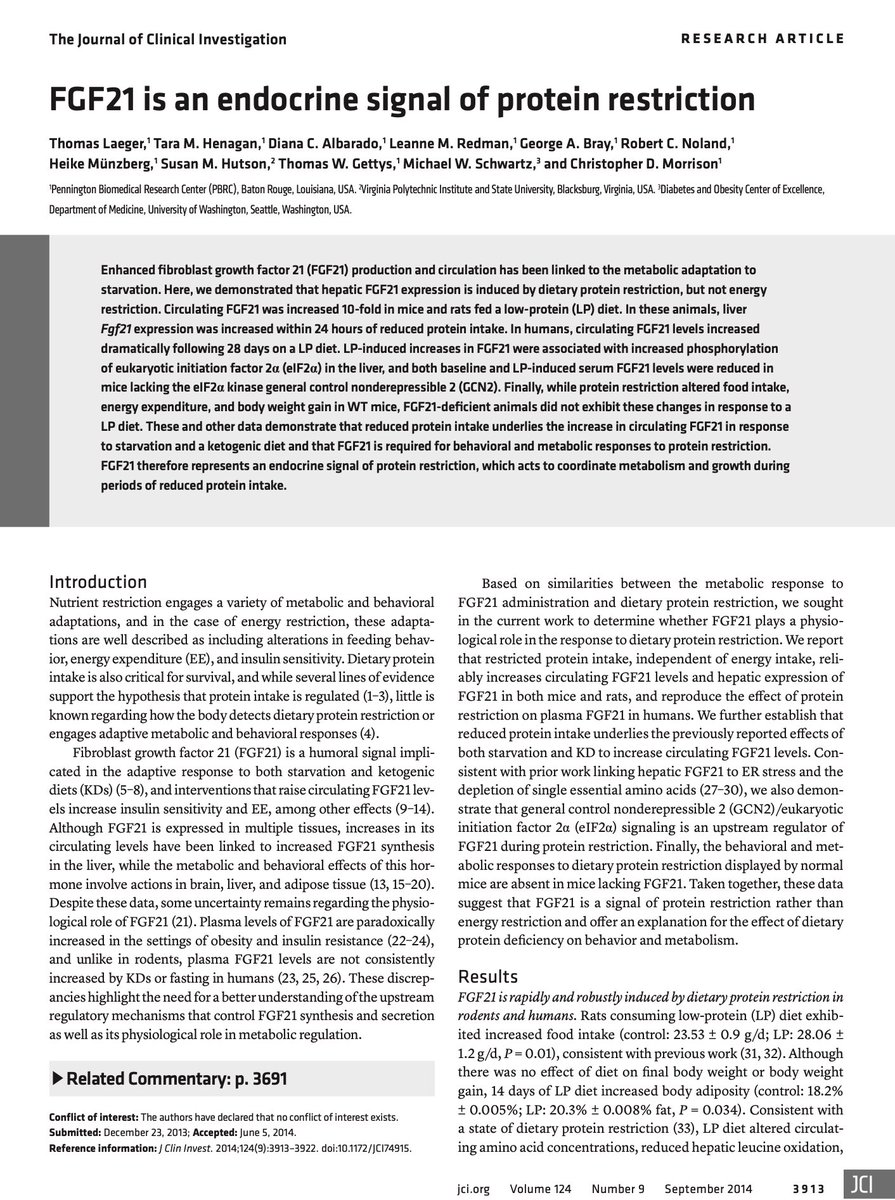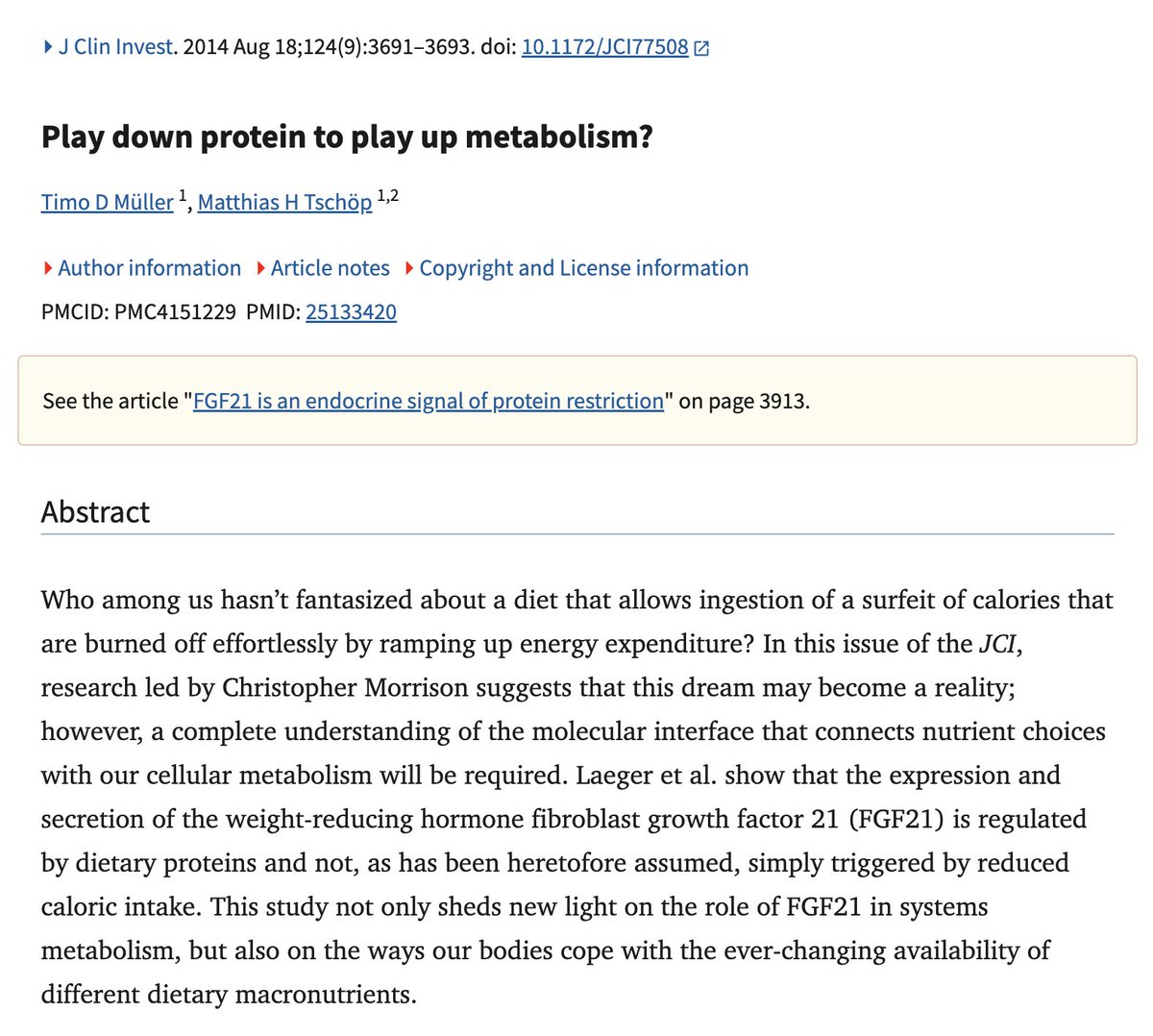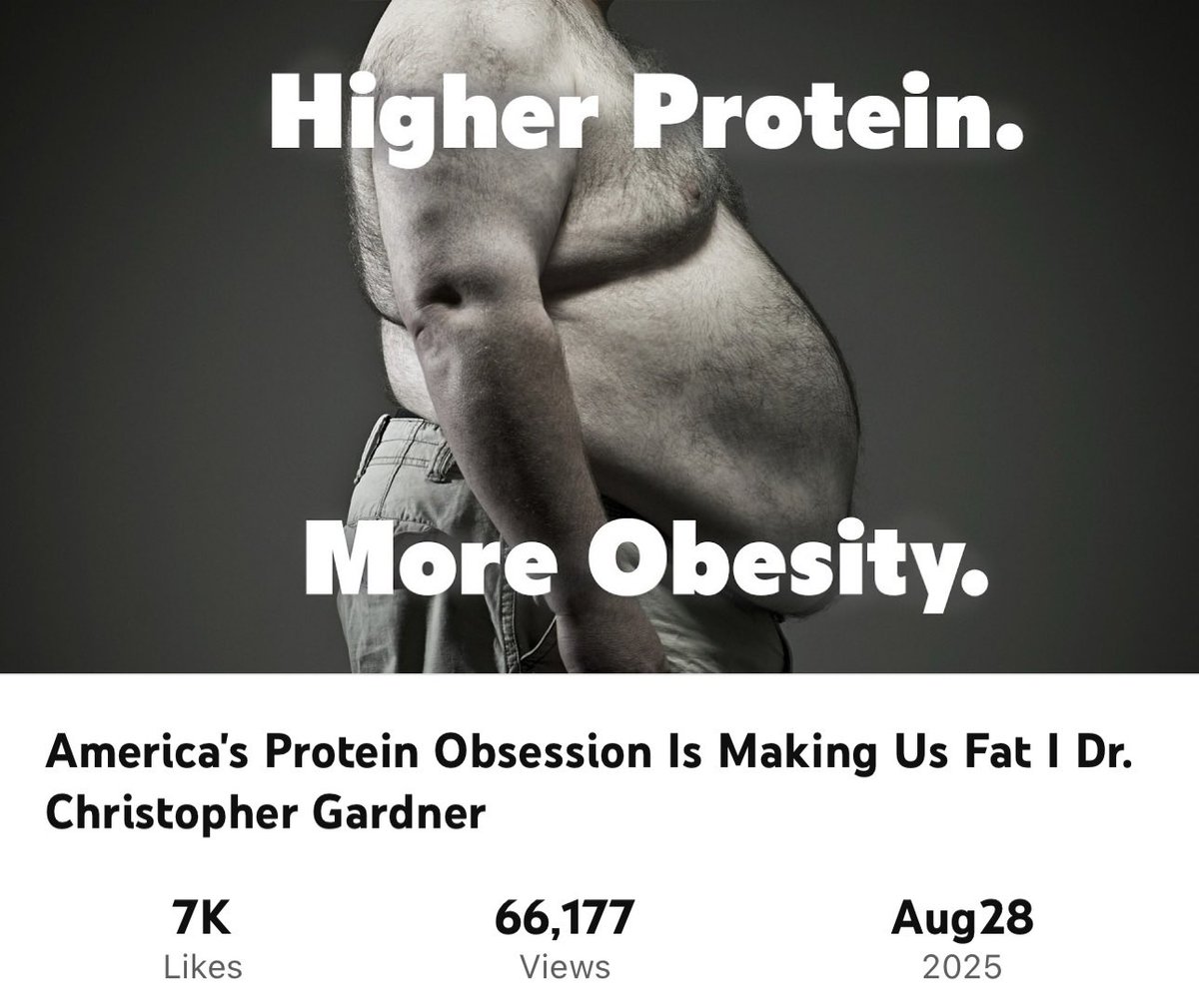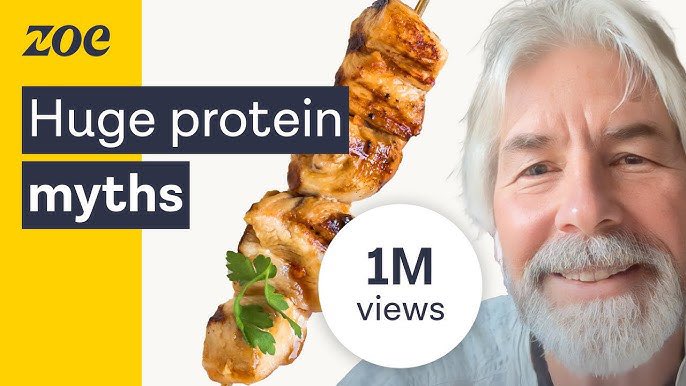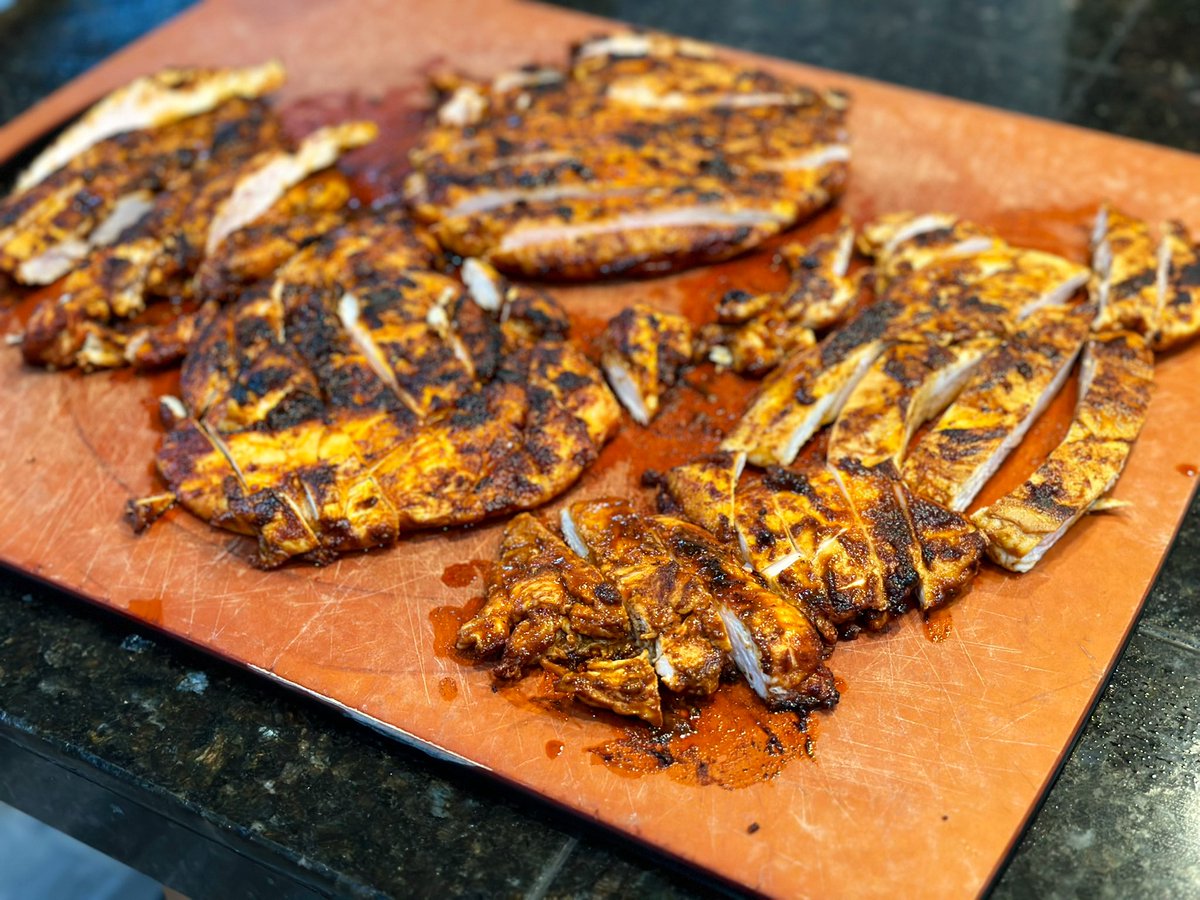Satiation: occurs during an eating episode, terminating it.
Satiety: starts after eating, preventing hunger and further eating.
This chart is evidence-based, representing a huge amount of research, and is not the product of personal opinion.
What can we learn from this?
1/14
Satiety: starts after eating, preventing hunger and further eating.
This chart is evidence-based, representing a huge amount of research, and is not the product of personal opinion.
What can we learn from this?
1/14
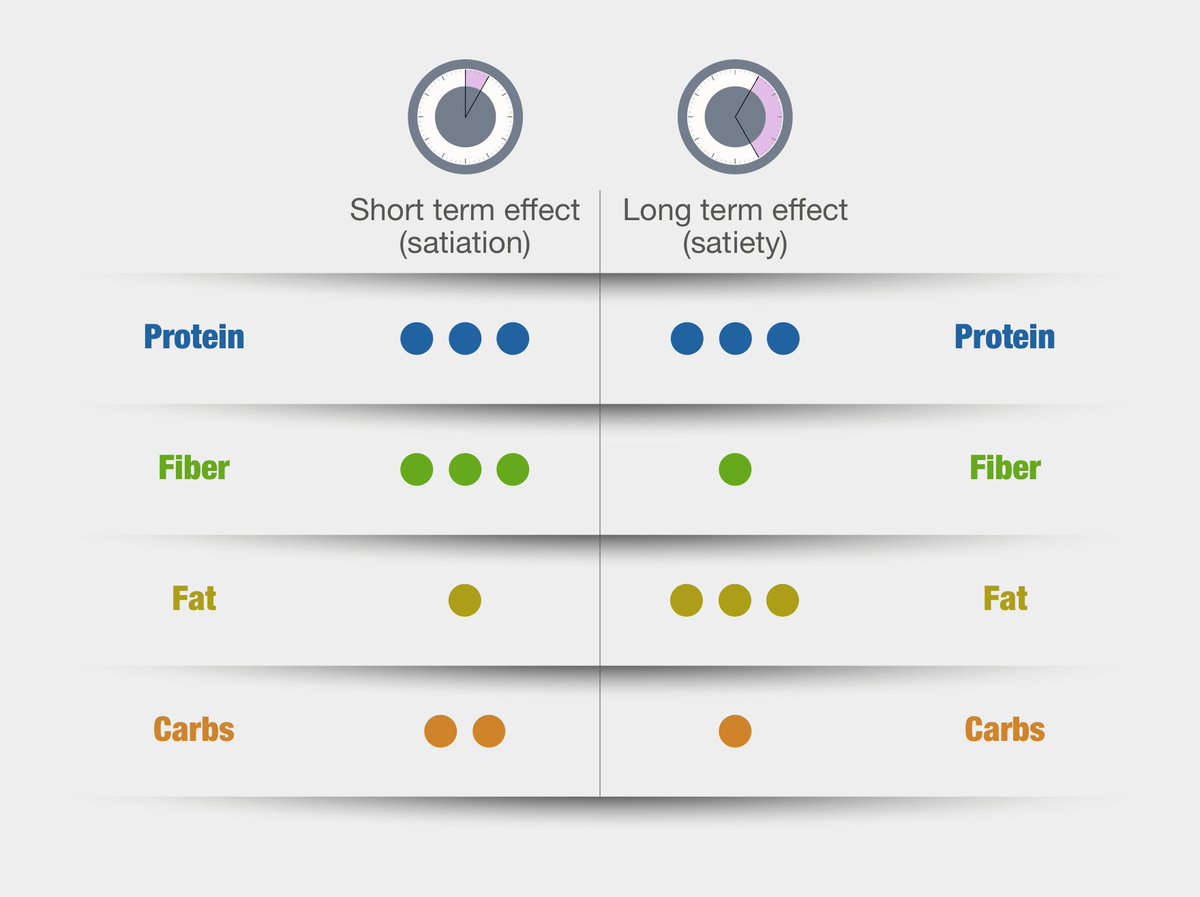
First and foremost, protein should be the highest priority for most eating episodes. Protein provides the highest fullness overall — which is why I wrote an entire book focusing primarily on the ratio of protein versus non-protein energy macros [ thePEdiet.com ].
2/14
2/14

Second, fiber is a major contributor to satiation, while contributing little to nothing in terms of calories—which is a huge win for Satiety Per Calorie. Excluding fiber from meals is probably a mistake for most people, and prioritizing fiber is an excellent strategy.
3/14
3/14

However, the benefits of fiber are very short-term—which is why eating a pound of celery will make you full temporarily but then you will still be very hungry later on. Use the fiber effect to allow for lower caloric consumption during meals (satiation), not longer satiety.
4/14
4/14

Fat is an important contributor to satiety at a much longer timescale than other macros, and should not be left out. However it is terrible for satiation, which is why a meal of nothing but a high fat food will lead to overeating of calories (nuts and cheese for example).
5/14
5/14

Omitting fat will require eating more frequently, as this longer term satiety effect will be missing. Because the effects of fat on satiety are delayed considerably, there could be an argument for consuming more fat earlier in the day and less later (à la The P:E Diet).
6/14
6/14

Carbs provide fair acute satiation but little in the way of longer-term satiety, making timing more of a consideration. Carbs are particularly useful as an ergogenic prior to training. There could also be an argument here for consuming carbs later in the day (again, TPED).
7/14
7/14

Awareness of the short and long term effects of these macronutrients on hunger and fullness allows for smarter meal construction. Prioritize protein first, fiber second, and add in enough fat to optimize downstream satiety without overeating calories from low satiation.
8/14
8/14

Carbs are useful in the short-term if used strategically, but be aware that that downstream longer-term satiety from ANY carbohydrate (fiber and non-fiber carbohydrate) is fairly low.
9/14
9/14

We see examples of this chart in action in real-world anecdotes all the time. For example, those on a carnivore diet, high in satiety from protein and fat, can go a very long time without eating; one meal a day is not a stretch for many on a highly carnivorous diet.
10/14
10/14

On the other hand, your average low fat high carb raw vegan is going to be eating fruit all day long, and will also be hungry quite a bit earlier in the day. Breakfast is going to be happening for these people, while carnivores might not be hungry until lunch or beyond.
11/14
11/14

My personal advice to most people?
1. Prioritize protein most highly, at all eating occurrences.
2. Fiber should also be prioritized, and a higher ratio of fiber to non-fiber carbohydrate will improve satiety per calorie.
12/14
1. Prioritize protein most highly, at all eating occurrences.
2. Fiber should also be prioritized, and a higher ratio of fiber to non-fiber carbohydrate will improve satiety per calorie.
12/14

3. Add in just enough fat to provide adequate satiety in the long term but not so much that you overeat during a meal due to the poor short term satiation of fat. Meals or snacks that are very high in fat such as nuts and/or cheese should be avoided for this reason.
13/14
13/14

4. Finally, add in just enough carbs to fuel your workouts and add some shorter term satiation, but not so much that you have to eat sooner and more frequently due to lower longer term satiety. Carbs might be best around workouts, and also later in the day.
14/14
14/14

• • •
Missing some Tweet in this thread? You can try to
force a refresh


